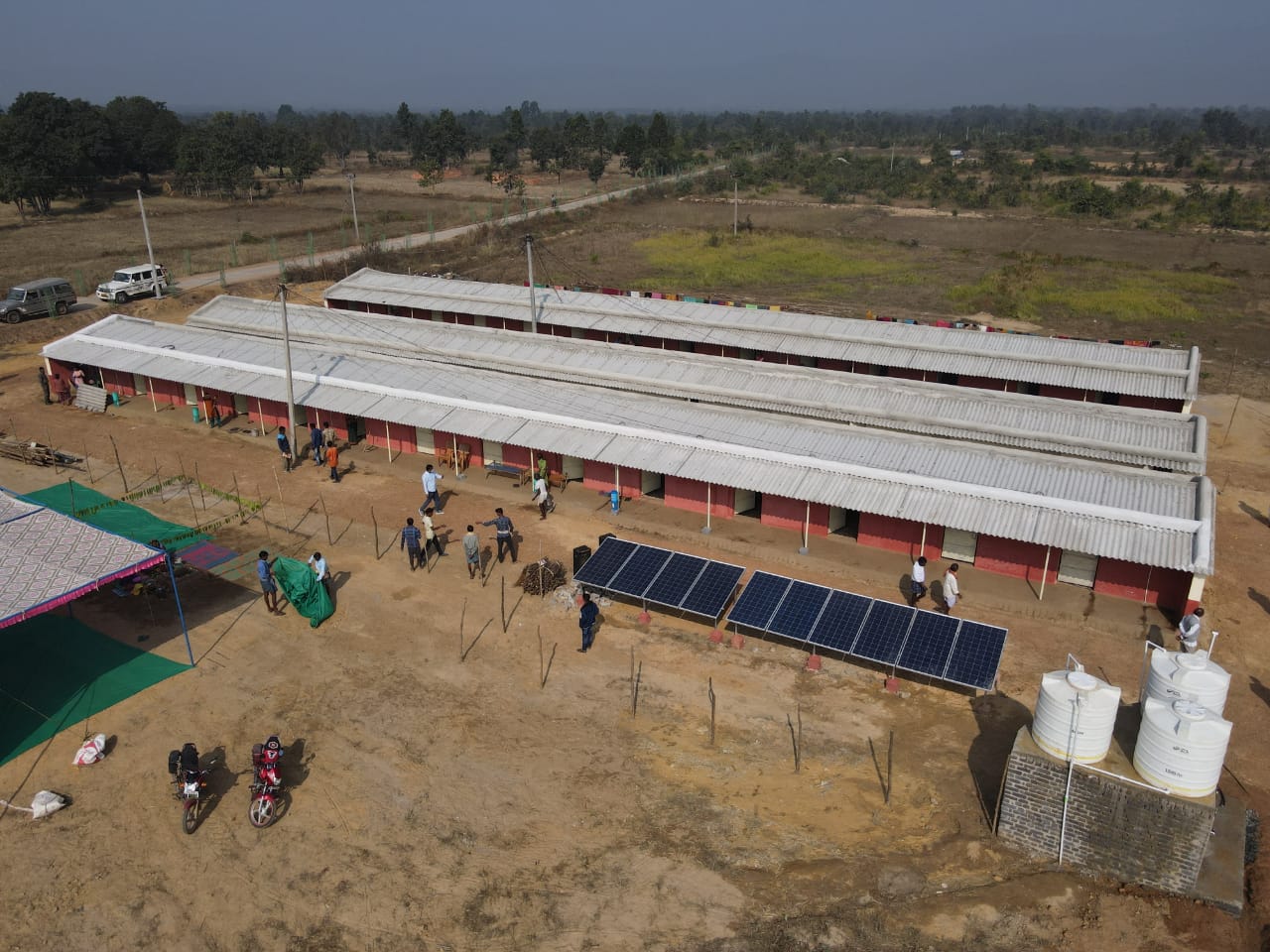Bhubaneswar: In a bid to reduce man-animal conflicts, the Odisha Forest Department has unveiled a comprehensive blueprint to relocate 756 villages located in the state’s protected forest areas. The affected villagers will be moved to other regions with financial assistance under the state government’s resettlement scheme.
The plan, while aimed at improving wildlife conservation and reducing conflict, has sparked concern among the villagers who rely heavily on the forests for their livelihood. Many are opposing the relocation, fearing it will severely impact their access to forest produce, which serves as their primary source of sustenance.
The largest number of villages slated for relocation is found in the Bhitarkanika Wildlife Sanctuary, which has 358 villages within its borders, followed by 125 in Satkosia and 65 in Kotagarh. Similipal, Odisha’s biggest tiger reserve, has 56 human settlements under its jurisdiction, while Baisipalli in Nayagarh has 62 villages. The Sunabeda Wildlife Sanctuary, which is a proposed tiger reserve, contains 26 villages, while Badrama and Karlapat house 27 and 19 villages, respectively.
Smaller wildlife sanctuaries like Kapilash and Khalasuni have one village each within their protected boundaries, while Hadgarh has two, and Chandaka three. Notably, wildlife sanctuaries such as Puri, Chilika, Gahirmatha, Nandankanan, and Debrigarh are now free from human settlements. Debrigarh Wildlife Sanctuary, which recently received the National Tiger Conservation Authority’s (NTCA) in-principle approval to become a tiger reserve, was cleared of human habitation last year.
To encourage relocation, the state government has been offering revised financial assistance since the 2021-22 fiscal year, including an additional ₹5 lakh per family under the resettlement scheme. So far, 963 families have been successfully relocated from Satkosia, with financial incentives provided. In the 2023-24 period, 270 families were shifted from Similipal, Hadgarh, and Debrigarh, while 88 families were moved from Hasnabahl, and 126 families from Bhurkundi village under the Satkosia Tiger Project.
The Forest Department’s initiative emphasizes voluntary relocation, with a focus on resettling villagers closer to national and state highways rather than near forested areas. Specific locations have been identified for families shifted from Similipal along the Baripada and Khunta roads, while those from Satkosia will be resettled near the Satkosia-Narsinghpur border. Similarly, a site has been identified along the national highway between Angul and Chendipada for further resettlements.
While the government views the relocation as essential for wildlife preservation and reducing human-wildlife conflicts, it faces the challenge of addressing the concerns of villagers who depend on the forests for their livelihoods. The state’s resettlement scheme aims to ease this transition by providing financial support and ensuring that new settlements offer sustainable living conditions away from the forest zones.





